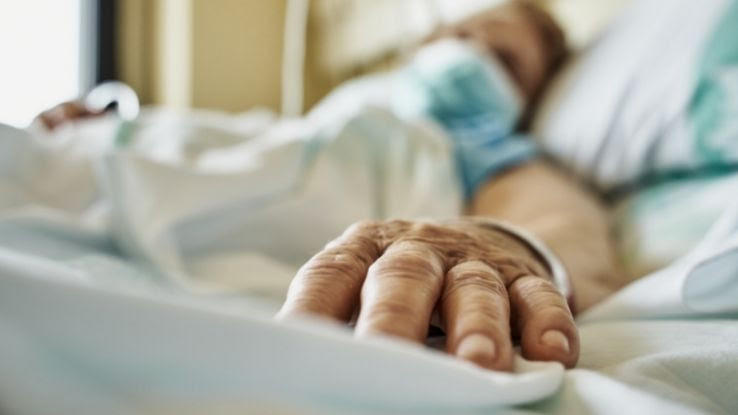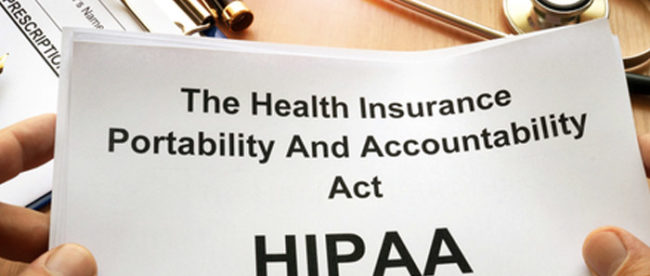Some Known Questions About Pacific Prime.
Some Known Questions About Pacific Prime.
Blog Article
More About Pacific Prime
Table of ContentsThe Definitive Guide for Pacific PrimeThe Buzz on Pacific PrimeFascination About Pacific PrimeThe smart Trick of Pacific Prime That Nobody is Talking About
In most states, the insurance company is needed to send you a duplicate of the changes to your plan. It is very important that you check out Endorsements or Cyclists so you understand just how your policy has transformed and if the policy is still ample to meet your demands. To obtain a duplicate of your insurance plan, please contact your insurance agent or business.
The Institute of Medicine (IOM) Committee on the Repercussions of Uninsurance launches an extended examination of proof that addresses the significance of medical insurance coverage with the magazine of this record. Insurance coverage Issues is the initial in a series of 6 reports that will certainly be released over the following two years recording the fact and effects of having an estimated 40 million people in the USA without medical insurance coverage.

Some Known Factual Statements About Pacific Prime
The objective of this collection of studies is to redouble plan attention on a historical problem. Complying with the lengthiest financial development in American background, in 1999, an approximated one out of every 6 Americans32 million adults under the age of 65 and more than 10 million childrenremains without insurance (Mills, 2000).

10 percent of the populace represent 70 percent of healthcare expenditures, a relationship that has stayed consistent over the previous three decades (Berk and Monheit, 2001) - group insurance plans. Thus health and wellness insurance remains to offer the function of spreading threat also as it increasingly finances routine treatment. From the viewpoint of healthcare companies, insurance lugged by their people helps secure a profits stream, and neighborhoods profit from monetarily viable and stable health treatment professionals and organizations
Federal government supplies medical insurance to populations whom the exclusive market might not serve successfully, such as impaired and senior individuals, and populations whose accessibility to health and wellness care is socially valued, such as kids and expecting females. The utmost ends of medical insurance protection for the private and neighborhoods, including work environment neighborhoods of employees and companies, are Full Article enhanced health and wellness outcomes and lifestyle.
3 Easy Facts About Pacific Prime Described
Workers rank health and wellness insurance coverage initially by far in relevance amongst all the benefits used in the workplace (Salisbury, 2001). There have been large investments of personal and public funds to offer health insurance coverage, many people still have no insurance coverage. Regardless of considerable reporting of survey searchings for and health care study results, the general public remains baffled and mistaken concerning Americans without health and wellness insurance and the ramifications of doing not have protection.

Without concern, the complexity of American healthcare financing mechanisms and the riches of resources of info include in the general public's confusion and skepticism regarding health and wellness insurance policy stats and their analysis. This report and those that will adhere to aim to distill and provide in easily understandable terms the substantial study that bears upon questions of health and wellness insurance policy protection and its relevance.
Fifty-seven percent of Americans polled in 1999 believed that those without wellness insurance are "able to obtain the treatment they require from physicians and healthcare facilities" (Blendon et al., 1999, p. 207). In 1993, when nationwide attention was concentrated on the problems of the uninsured and on pending healthcare legislation, just 43 percent of those questioned held this idea (Blendon et al., 1999).

They also get fewer preventive services and are much less most likely to have routine take care of chronic conditions such as hypertension and diabetes. Persistent diseases can lead to expensive and disabling complications if they are not well taken care of (Lurie et al., 1984; Lurie et al., 1986; Ayanian et al., 2000). One nationwide survey asked more than 3,400 grownups about 15 highly significant or dark conditions.
A Biased View of Pacific Prime
Additional proof is provided later on in this chapter in the discussion of insurance and accessibility to health treatment. https://href.li/?https://www.pacificprime.com/. People without medical insurance are young and healthy and balanced and select to go without coverage. Almost fifty percent (43 percent) of those checked in 2000 thought that individuals without health and wellness insurance are most likely to have illness than people with insurance policy
Voters and policy manufacturers in focus group conversations define those without insurance coverage as young individuals who have the possibility to be covered and feel they do not need it (Porter Novelli, 2001). Compared to those with a minimum of some exclusive insurance coverage, the uninsured are much less most likely to report being in excellent or great health (Firm for Medical Care Study and Quality, 2001).
RESOURCE: Center for Expense and Funding Researches, Agency for Health Care Study and Quality, based upon MEPS data. Young grownups in between 19 and 34 are far a lot more most likely to lack health insurance policy than any type of various other age. This is primarily because they are less frequently eligible for employment-based insurance because of the nature of their task or their brief period in it.
The perception that people without insurance coverage have better-than-average health follows from puzzling the fairly young age account of the uninsured with the much better wellness, on standard, of younger persons. This obscures the link between health condition and health and wellness insurance policy. For those without accessibility to workplace health and wellness insurance coverage, bad health and wellness is a possible barrier to purchasing nongroup insurance coverage due to the fact that such insurance coverage may be extremely priced, exclude preexisting conditions, or be just not available.
Report this page